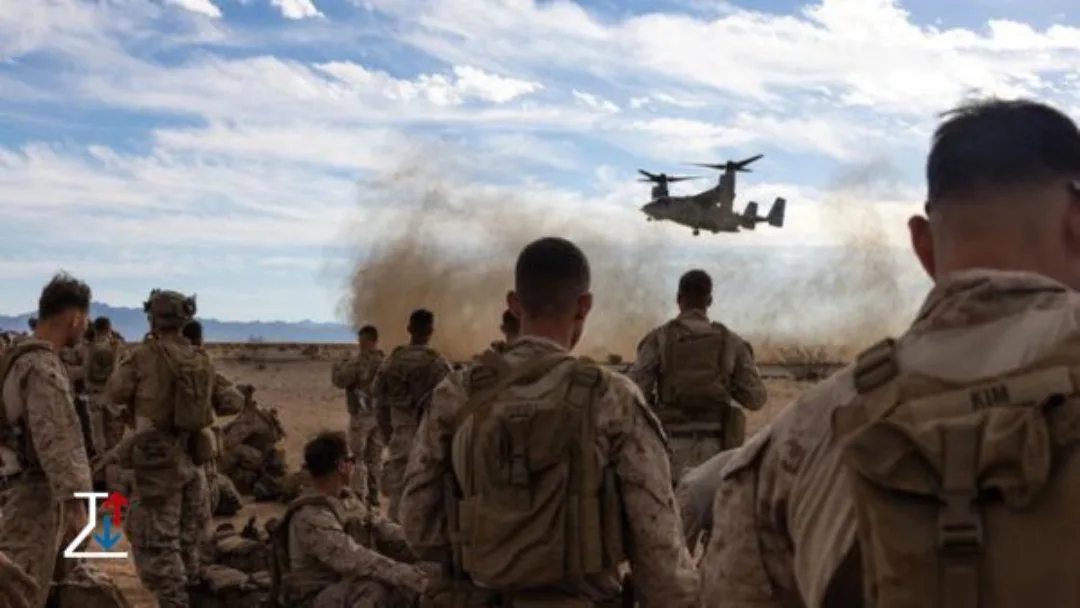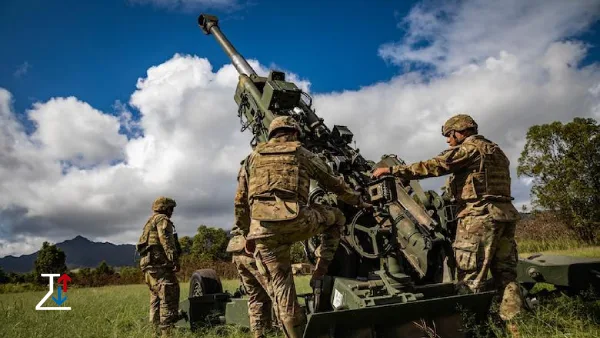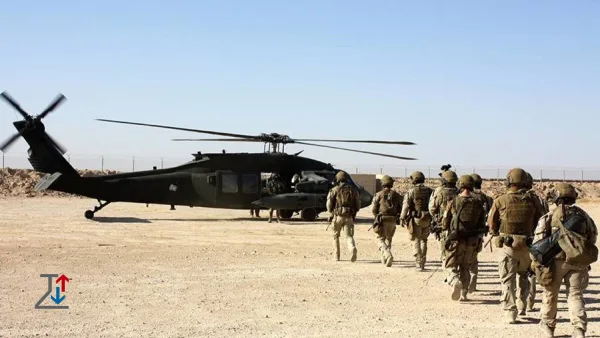
Military standards are a crucial aspect of defense and aerospace industries, ensuring interoperability, safety, reliability, and quality across various military systems and equipment. These standards, developed and maintained by different military and defense organizations worldwide, serve as guidelines for the design, manufacture, testing, and management of military products and systems.
Here, we explore the concept of military standards, and their importance, and provide a comprehensive list of key military standards from various countries.
What Are Military Standards?
Military standards (often referred to as Mil-Spec or MIL-STD) are documents that establish uniform engineering and technical requirements for military-unique or substantially modified commercial products, processes, procedures, practices, and methods. These standards ensure that military equipment and systems meet stringent performance, reliability, and safety criteria necessary for combat and other defense-related activities.
Importance of Military Standards
- Interoperability: Ensures that different military systems and equipment can work together seamlessly.
- Safety: Establishes protocols to safeguard personnel and equipment.
- Quality: Set benchmarks for the manufacturing and performance of military hardware and software.
- Efficiency: Streamlines processes and reduces redundancy in military procurement and operations.
- Cost-effectiveness: Prevents the proliferation of diverse, non-compatible systems and components.
Comprehensive List of Key Military Standards

Military standards are numerous and varied, covering a wide range of disciplines and requirements. Below is a list of some of the most significant military standards from the United States and other countries:
United States Military Standards
- MIL-STD-810: Environmental Engineering Considerations and Laboratory Tests
- MIL-STD-461: Requirements for the Control of Electromagnetic Interference Characteristics of Subsystems and Equipment
- MIL-STD-882: System Safety
- MIL-STD-883: Test Method Standard for Microcircuits
- MIL-STD-1472: Human Engineering
- MIL-STD-188: Telecommunications System Standards
- MIL-STD-1553: Digital Time Division Command/Response Multiplex Data Bus
- MIL-STD-130: Identification Marking of U.S. Military Property
- MIL-STD-1399: Interface Standard for Shipboard Systems
- MIL-HDBK-217: Reliability Prediction of Electronic Equipment
- MIL-PRF-38534: General Specification for Hybrid Microcircuits
- MIL-DTL-38999: Circular Connectors
- MIL-STD-498: Software Development and Documentation
- MIL-STD-202: Test Methods for Electronic and Electrical Component Parts
- MIL-STD-147: Palletized Unit Loads
- MIL-STD-2073: Standard Practice for Military Packaging
NATO Standards
- STANAG 1008: Characteristics of Naval DC Electrical Systems
- STANAG 2116:NATO Codes for Grades of Military Personnel
- STANAG 4569: Protection Levels for Occupants of Logistic and Light Armored Vehicles
- STANAG 6001: Language Proficiency Levels
British Defence Standards (DEF STAN)

- DEF STAN 00-25: Human Factors for Designers of Equipment
- DEF STAN 00-35: Environmental Handbook for Defence Materiel
- DEF STAN 05-24: Reliability and Maintainability Management
- DEF STAN 59-411: Electromagnetic Compatibility
German Military Standards (VG Standards)
- VG 95373:Electrical Connectors
- VG 96916: Wiring Harnesses for Military Vehicles
French Military Standards (NF Standards)
- NF A 02-001: Standard on Metallic Materials
- NF C 91-120: Cables and Wires for Defense Use
Conclusion
Military standards are indispensable in ensuring that defense systems and equipment meet rigorous performance, safety, and reliability criteria. These standards, developed by various defense organizations around the world, play a pivotal role in military operations, enabling interoperability and enhancing the overall effectiveness of military forces. By adhering to these standards, military and defense contractors can produce high-quality equipment that meets the exacting demands of modern defense strategies.
Related articles in Aryasarmayesh: